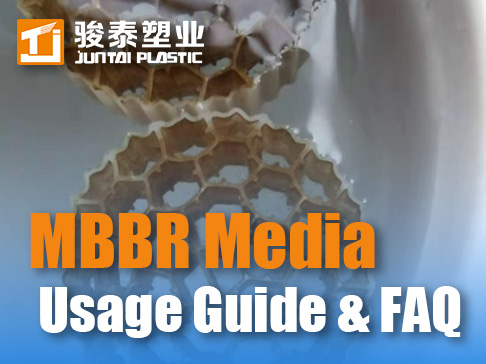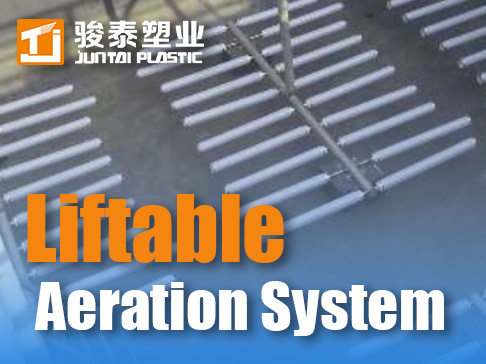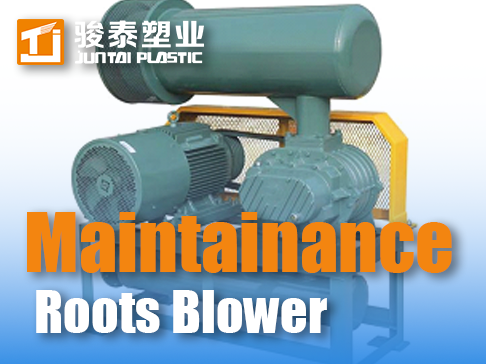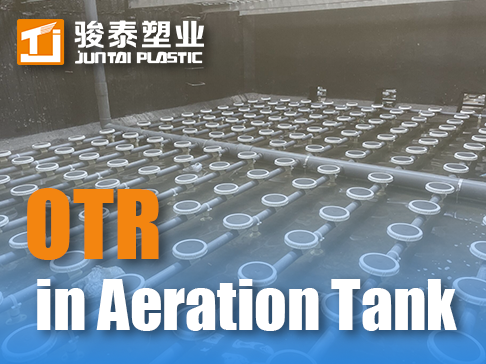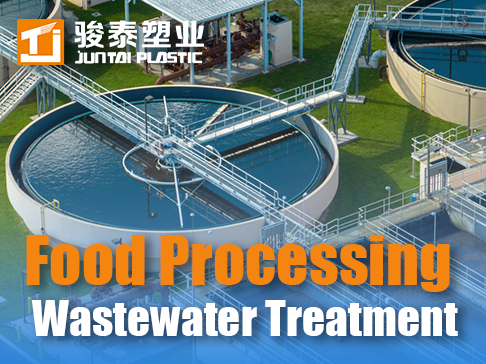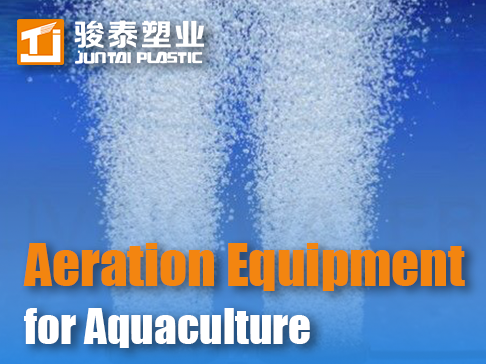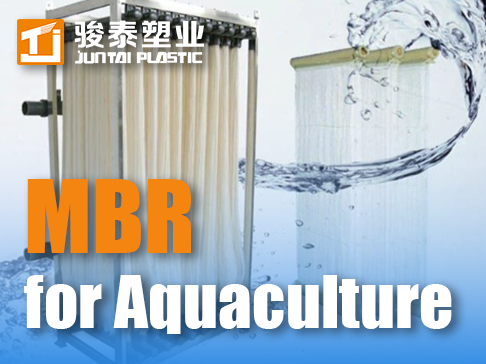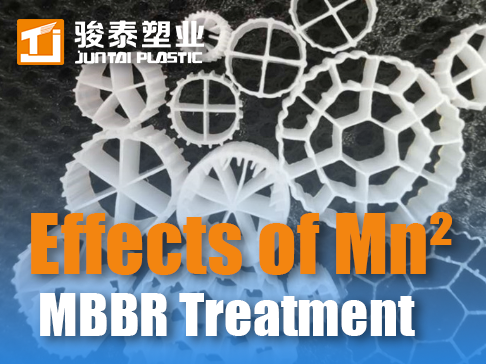 +86 13600513715
+86 13600513715 MBBR Oxygen Revolution: Slash Aeration Costs 40% in Aquaculture RAS
Dissolved Oxygen Mastery: How MBBR Carrier Geometry Revolutionizes Aquaculture Aeration Efficiency
The Oxygen Crisis in Intensive Fish Farming
In aquaculture Mbbr Systems, dissolved oxygen (DO) consumes 60% of operational energy. Maintaining >5 mg/L DO for salmonids requires massive aeration, yet traditional biofilters create dead zones where DO drops below 1 mg/L – triggering lethal ammonia spikes. Juntai's moving bed biofilm reactor mbbr technology solves this through hydrodynamic-optimized carriers that:
-
Boost oxygen transfer efficiency (OTE) by 40%
-
Maintain uniform DO >4 mg/L throughout mbbr tanks
-
Reduce aeration energy by 35% versus bead filters
Norwegian trout farms using our mbbr biofilm carriers report 22% higher feed conversion ratios while eliminating summer kill events.
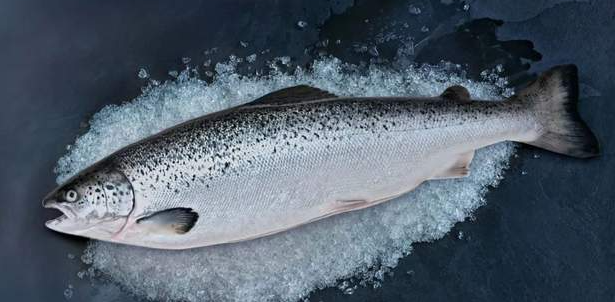
Fluid Dynamics: The Hidden Lever for Oxygen Efficiency
1. Vortex-Induced Oxygen Transfer
Conventional carriers operate at Reynolds numbers <500 (laminar flow). Juntai's biochip mbbr hexagonal designs generate controlled vortices:
-
Kármán vortex streets at Re=2,000-5,000 enhance gas-liquid contact
-
Boundary layer disruption reducing film thickness from 100μm to 20μm
-
Surface renewal rate increased to 120 cycles/min (vs. 30 in spherical media)
Result: Mass transfer coefficient (KLa) of 28 h⁻¹ – 3x higher than Kaldnes K1.
2. Biofilm-Engineered Oxygen Gradients
Our carriers create stratified microbial communities:
-
Aerobic outer layer (DO>4 mg/L): Nitrosomonas oxidizes NH₄⁺
-
Micro-anaerobic core (DO<0.5 mg/L): Pseudomonas performs shortcut denitrification
-
Anoxic micropockets: Anammox bacteria eliminate NO₂⁻
This architecture enables simultaneous nitrification-denitrification (SND) in single reactors, cutting oxygen demand by 25%.
Performance Comparison: Aeration Efficiency in Aquaculture Biofilters
*Table: Oxygen metrics in 100 m³ tilapia RAS (stocking density: 80 kg/m³)*
| Parameter | Juntai MBBR Carriers | Moving Bed Sand Filter | Static Bed Bioreactor |
|---|---|---|---|
| Avg DO (mg/L) | 5.8 ± 0.3 | 3.2 ± 1.1 | 4.1 ± 0.8 |
| DO Variation (±SD) | 0.4 | 1.8 | 1.2 |
| OTE (%) | 38.5 | 15.2 | 22.7 |
| kLa (h⁻¹) | 28.3 | 9.7 | 14.2 |
| Aeration Energy (kWh/kg feed) | 0.85 | 2.10 | 1.45 |
| Ammonia Spikes >1 ppm | 0.2 events/month | 4.3 events/month | 2.1 events/month |
Engineering Innovations for Hypoxia Prevention
1. Carrier-Induced Flow Regulation
Hexagonal mbbr carrier geometry creates self-organizing flow patterns:
-
Taylor columns: Vertical circulation cells transporting oxygen downward
-
Von Karman streets: Horizontal mixing across tank cross-section
-
Staggered array effect: Eliminates dead zones at corners
Computational fluid dynamics (CFD) shows 92% tank volume maintains DO>4mg/L.
2. Oxygen-Nitrogen Decoupling Technology
Traditional systems waste oxygen on nitrification. Our solution:
-
DO-sensing carriers: Release nitrate reductase enzymes when DO>5mg/L
-
Anaerobic micro-reactors: Anaerobic mbbr zones within carriers remove NO₃⁻ without O₂
-
Facultative biofilm consortia: Thauera strains using NO₃⁻ as electron acceptor
Reduces oxygen demand by 30% while achieving 95% nitrogen removal.
3. Phototrophic Synergy Systems
Mbbr filter media integrated with microalgae:
-
Diatom-coated carriers: Produce O₂ during daylight via photosynthesis
-
LED-optimized surfaces: 450nm blue light enhances algal O₂ output
-
Biofilm-algae exchange: CO₂ from respiration fuels algal growth
Shrimp farms report 40% daytime aeration savings.
Case Study: Indonesian Shrimp Super-Intensive RAS
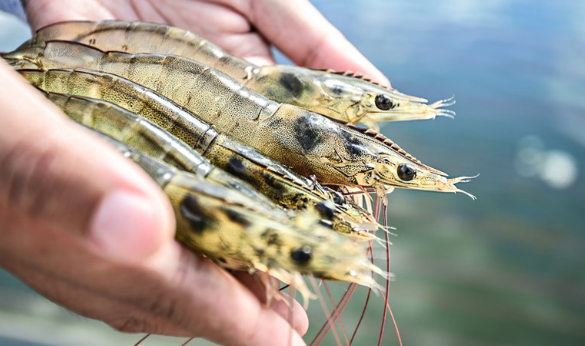
A 200-ton/year facility faced:
-
Nighttime DO crashes to 1.2 mg/L
-
35% mortality during molting phases
-
$12,000/month electricity costs
Juntai's mbbr system for wastewater treatment solution:
-
Installed 80m³ of oxygen-optimized carriers
-
Implemented phototrophic-heterotrophic synergy:
-
Daytime: Algal-coated carriers supplement O₂
-
Nighttime: Vortex-enhanced aeration
-
-
Results:
-
DO stabilized >4.8 mg/L 24/7
-
Electricity costs reduced by $5,200/month
-
Production increased from 18 to 29 tons/cycle
-
Payback period: 9 months
-
Future Innovations: Next-Gen Oxygen Management
1. Electrogenic Biofilm Carriers
-
Conductive graphene media: Enable direct electron transfer for denitrification
-
Microbial fuel cells: Generate electricity from organic waste
-
Electro-synthesis: Produce H₂O₂ internally for pathogen control
2. AI-Powered Aeration Control
-
Reinforcement learning algorithms: Predict DO demand based on feeding schedules
-
Carrier-embedded sensors: Real-time biofilm respiration monitoring
-
Autonomous O₂ dosing: Precision injection at hypoxia risk zones
3. Phase-Change Oxygen Reservoirs
-
Perfluorocarbon nanoemulsions: Store 20x more O₂ than water
-
Temperature-triggered release: Dissolve O₂ when DO <4 mg/L
-
Carrier-integrated systems: 50μm capsules in polymer matrix




